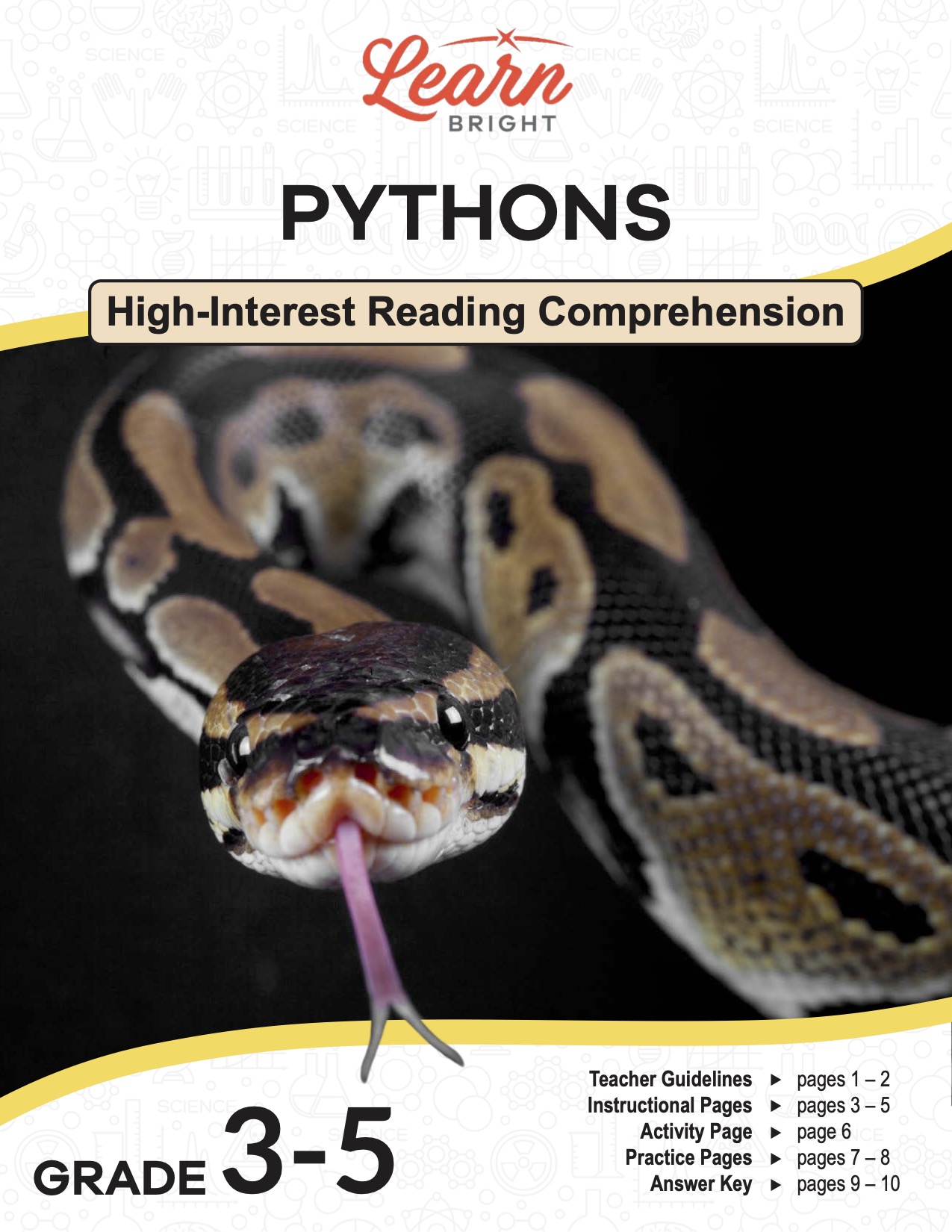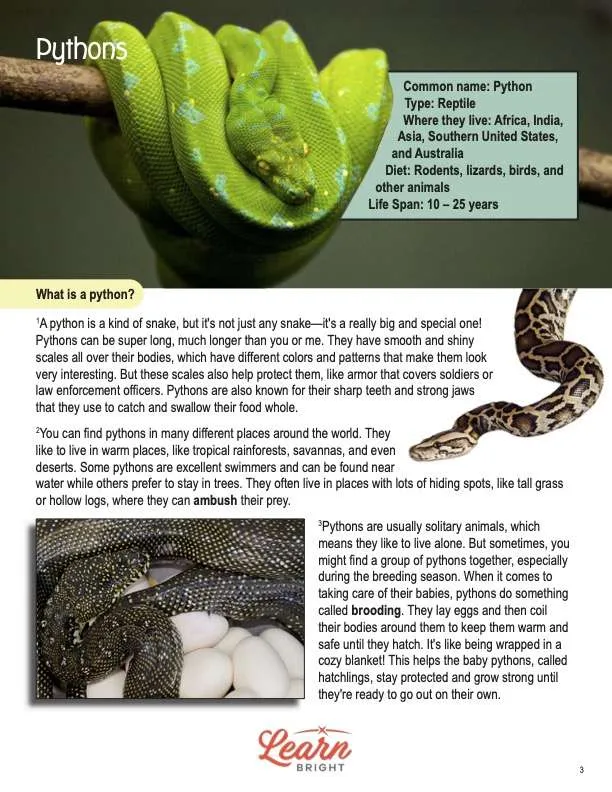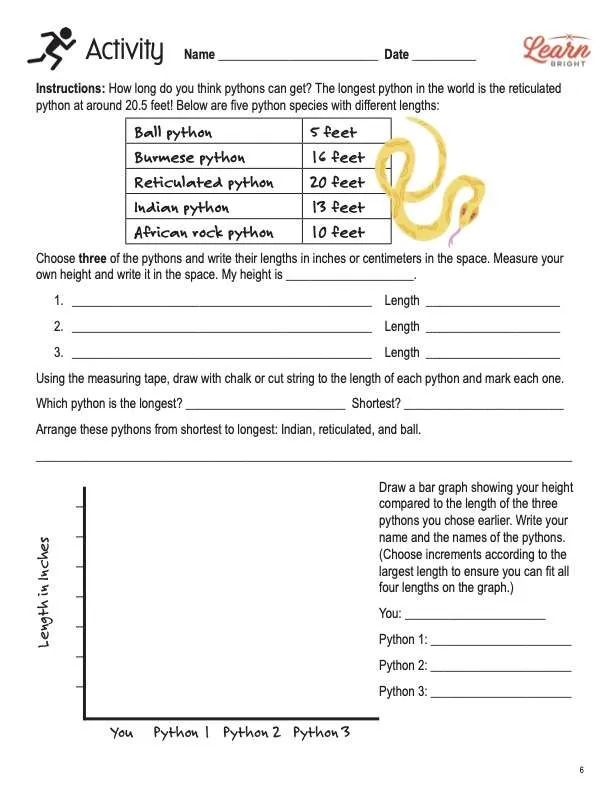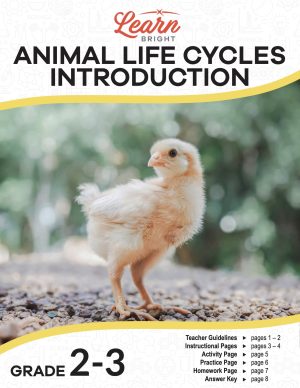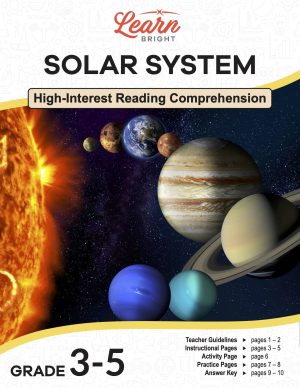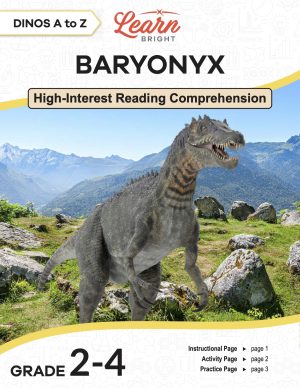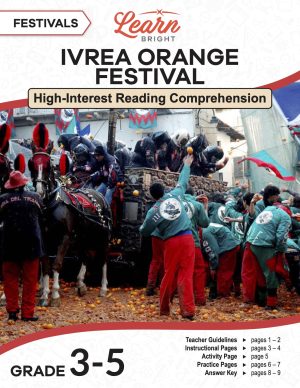Description
What our Pythons lesson plan includes
Lesson Objectives and Overview: Pythons is a high-interest reading comprehension lesson plan. As such, students will practice various close reading and comprehension skills. In addition, they will learn about the ANIMAL habitat, diet, and behaviors. This lesson is for students in 3rd grade, 4th grade, and 5th grade.
Classroom Procedure
Every lesson plan provides you with a classroom procedure page that outlines a step-by-step guide to follow. You do not have to follow the guide exactly. The guide helps you organize the lesson and details when to hand out worksheets. It also lists information in the yellow box that you might find useful. You will find the lesson objectives, state standards, and number of class sessions the lesson should take to complete in this area. In addition, it describes the supplies you will need as well as what and how you need to prepare beforehand. The activity requires pictures of different python species, measuring tape, string or chalk, and scissors (if using string).
Teacher Notes
The teacher notes page provides an extra paragraph of information to help guide the lesson and remind you what to focus on. It explains that you can teach this lesson in a whole-class setting or as an independent, small-group activity. The blank lines on this page are available for you to write out thoughts and ideas you have as you prepare the lesson.
PYTHONS LESSON PLAN CONTENT PAGES
What Is a Python?
The Pythons lesson plan contains three content pages. It begins by providing a box of background information about this animal. Pythons are retiles that live in Africa, India, Asia, Australia, and the southern part of the US. They eat rodents, lizards, birds, and other animals. In general, they live for between 10 and 25 years.
A python is a kind of snake, but it’s not just any snake—it’s a really big and special one! Pythons can be super long, much longer than you or me. They have smooth and shiny scales all over their bodies, which have different colors and patterns that make them look very interesting. But these scales also help protect them, like armor that covers soldiers or law enforcement officers. Pythons are also known for their sharp teeth and strong jaws that they use to catch and swallow their food whole.
You can find pythons in many different places around the world. They like to live in warm places, like tropical rainforests, savannas, and even deserts. Some pythons are excellent swimmers and can be found near water while others prefer to stay in trees. They often live in places with lots of hiding spots, like tall grass or hollow logs, where they can ambush their prey.
Pythons are usually solitary animals, which means they like to live alone. But sometimes, you might find a group of pythons together, especially during the breeding season. When it comes to taking care of their babies, pythons do something called brooding. They lay eggs and then coil their bodies around them to keep them warm and safe until they hatch. It’s like being wrapped in a cozy blanket! This helps the baby pythons, called hatchlings, stay protected and grow strong until they’re ready to go out on their own.
What Do They Eat?
Pythons are carnivores, which means they eat meat. They have a varied diet and can gobble up animals like rodents (rats and mice), lizards, birds, and sometimes even bigger animals like deer or pigs!
Now, here’s the cool part: Pythons are expert hunters. They use a technique called constriction to catch their prey. When a python spots its dinner, it slowly and silently approaches, being very sneaky. Then, it strikes out quickly, using its sharp teeth to grab onto the animal. Once the python has a good hold, it coils its body around the prey, squeezing it tightly. By squeezing (or constricting), the python makes it hard for the prey to breathe and eventually chokes it to death. This is how the python captures its dinner. The python then opens its hinged jaws to swallow the animal whole!
Interesting Facts
One of the most amazing things about pythons is their ability to swallow their prey whole. When they catch an animal to eat, like a rat or a bird, their jaws can stretch wide open because they have extra bones called intramandibular joints. These unique joints let them eat animals much larger than the python’s head!
Another super cool fact about pythons is that they have heat-sensing pits near their mouths. These pits help them locate warm-blooded animals, even in the dark! Scientists call these special sensors labial pits. It’s like having thermal vision goggles but for snakes! This heat-sensing ability makes pythons expert hunters, especially when looking for a tasty meal.
Pythons are also known for those beautiful scales of theirs. You can determine the type of python based on its unique colors and patterns. These scales are made of keratin, just like our hair and fingernails. Scales are not just for looks—they protect the python and help it move smoothly through its environment.
Why Pythons Are Important
Pythons are essential to the environment, especially in tropical forests and grasslands. They help control the populations of small animals like rodents and birds. By hunting these animals, pythons help maintain balance in the ecosystem. If there are too many rodents, they would eat too many plants, which would affect the whole environment. So, in a way, pythons help keep everything in check, like nature’s pest control team!
However, some types of pythons are facing challenges. In certain places where they’re not native, pythons can become an invasive species. This means they might start eating too many animals or birds that are important to the local ecosystem. In some places like Florida, where Burmese pythons have become invasive, they have caused problems for native animals. But it’s important to remember that not all pythons are endangered. Some species are doing well, while others need protection. Scientists are working hard to study and protect these fascinating snakes and the environments they call home.
PYTHONS LESSON PLAN WORKSHEETS
The Pythons lesson plan includes two worksheets: an activity worksheet and a practice worksheet. Each one will help students solidify their grasp of the material they learned throughout the lesson. You can refer to the classroom procedure guidelines to know when to hand out each worksheet.
HOW LONG ARE PYTHONS ACTIVITY WORKSHEET
For the activity, students will have to use some math. They will first look at a table that shows the lengths of five different pythons. They will choose three of them to compare to their own height. Using measuring tape, students will draw with chalk or cut out string to the length of each python. They will also complete a bar graph that displays their height in comparison to the three pythons they chose earlier.
CONTENT REVIEW PRACTICE WORKSHEET
The practice worksheet lists 11 questions based on the content. These questions all relate to the content pages, so students will need to refer to them often for the answers. In addition, each question provides which reading tool the question corresponds to, such as text feature, vocabulary, or comprehension.
Worksheet Answer Keys
At the end of the lesson plan document is an answer key for the practice worksheet. The correct answers are all in red to make it easier for you to compare them with students’ responses. If you choose to administer the lesson pages to your students via PDF, you will need to save a new file that omits these pages. Otherwise, you can simply print out the applicable pages and keep these as reference for yourself when grading assignments.

